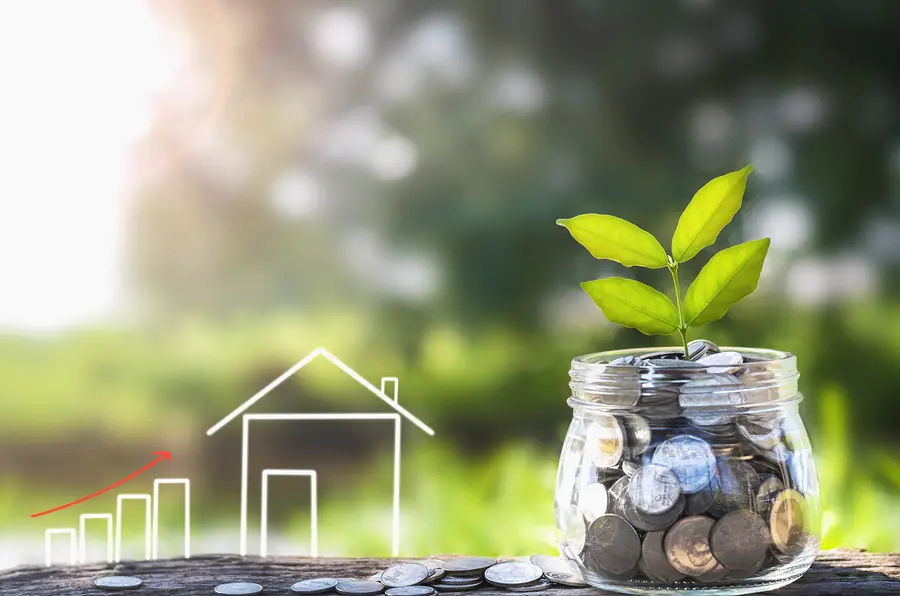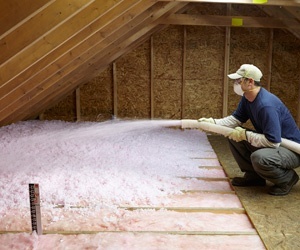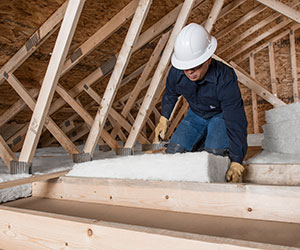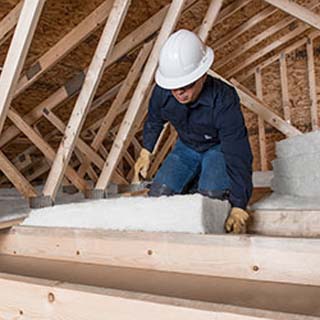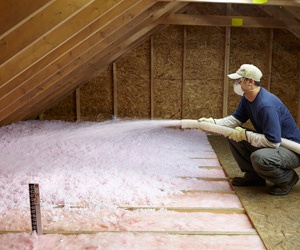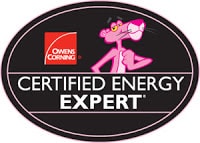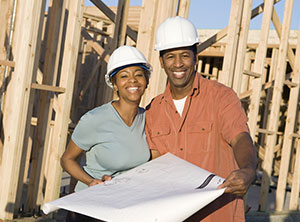Maryland winters bring cozy moments, but they can also lead to skyrocketing energy costs. As a local home builder, you can empower your clients with year-round comfort and significant savings. Let’s explore some key strategies to integrate energy efficiency from the ground up.
Seal Up the Leaks
Tight Construction is Key
During construction, emphasize meticulous sealing of gaps and cracks using can foam or spray foam insulation. This step of creating an airtight home can make a huge difference in preventing drafts and reducing heat loss. By focusing on windows and doors you’ll ensure warm air stays inside where it belongs.
Inform Clients About Incentives
Make it a priority to educate future homeowners about Maryland’s energy-saving incentives and tax credits that can help them save money on air sealing and other energy upgrades. Incentives area win-win for both their comfort and budget, potentially lowering their gas or electricity bill for years to come.
Check Your Roof for Chesapeake Bay Breezes
Protect Against the Elements
Maryland’s unique climate, with its coastal winds and occasional heavy snow, demands a strong and sturdy roof. Take the time needed to ensure proper installation and instill in future homeowners the importance of conducting regular roof maintenance to prevent drafts and leaks. A well-maintained roof will help keep heating systems from having to work harder to maintain a comfortable temperature.
Offer Roof Upgrades
Consider offering energy-efficient roofing materials or cool roof coatings as options for your clients. These can help regulate temperature, reduce energy usage in summer, and minimize strain on cooling systems.
Flip Your Fan for a Baltimore Blast of Warmth
A Simple Trick with Big Impact
Teach your clients this easy energy-saving tip: By reversing the direction of their ceiling fans to clockwise in winter, they can circulate warm air back down into living spaces. This simple action helps distribute heat evenly and can lead to noticeable savings on winter energy bills.
Insulation: A Maryland Home’s Best Friend
Prioritize the Attic
A home’s attic is a major source of heat loss. Sealing and insulating this area will keep valuable air from escaping through the roof. As you construct each home, emphasize to your clients the importance of attic insulation and the potential energy savings they can receive. Feel free to point out that the Department of Energy states Maryland homeowners can save up to 20% on their yearly energy bills with the addition of insulation in their attic, crawl space, and basement.
Recommend High R-Value
Every state has different recommended R-values for home insulation based on their climate zone. Suggest upgrading to insulation with a higher R-value for optimal energy efficiency, especially in attics and other areas prone to heat loss. This investment will help reduce energy consumption and keep future homes cozy.
Step it up with Sealing
Don’t overlook spray foam insulation! We briefly mentioned it earlier, but spray foam is the easiest way to seal and insulate your home project in one energy-efficient step, creating an airtight barrier that significantly reduces energy costs for future residents.
Undergo an Energy Audit
Partner with Energy Auditors
After receiving the keys to their new home, homeowners want to get to know every part of their new residence. And that should include its energy profile. Discuss with new homeowners the benefits of an energy audit for their new home. Explain that an audit is an in-depth way to help them understand their home’s energy profile and identify areas for improvement, ensuring long-term energy efficiency.
Bonus Tips
Here are a few extra ways you can help future homeowners maximize their new home’s energy efficiency.
Smart Home Integration
In today’s technology driven world, it makes sense to integrate smart home technologies to complement insulation and air sealing. One highly useful tool to recommend is a programmable or smart thermostat. A programmable thermostat automatically adjusts based on occupancy and time of day and can lead to substantial savings. Some models even learn household routines to optimize energy usage!
Final Touches for Maximum Efficiency
Take the time to advise your clients on the importance of proper water heater insulation and maintenance. Suggest energy-efficient window treatments like thermal curtains or blinds to provide an extra layer of insulation. These small touches can also help future homeowners stay warm while keeping utility bills in check.
Your Partner in Creating Energy Efficient Homes
By implementing these strategies, you’ll empower your clients to create comfortable, sustainable homes while saving money on their energy bills year after year. Building energy-efficient homes isn’t just a trend; it’s a necessity in Maryland. Your expertise in constructing homes that minimize energy costs will set you apart in the market and provide lasting value to homeowners.
Our dedicated team at DeVere Insulation has been partnering with local home builders since 1987 to build and insulate quality homes in the Baltimore community. Contact us today to learn more about our insulation products and solutions for your Maryland building project and receive your free estimate. We look forward to partnering with you!

